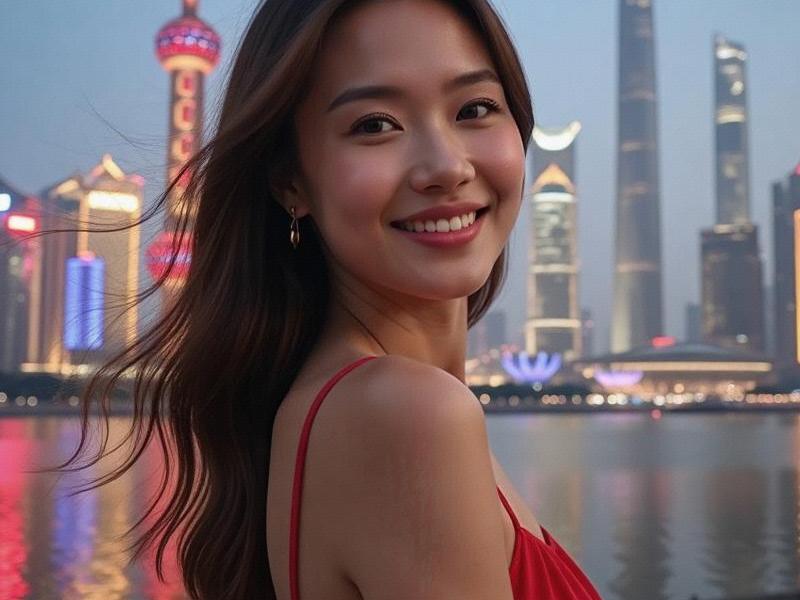This 2,800-word in-depth report examines how Shanghai's women are creating a new paradigm of Chinese femininity that blends traditional values with modern ambition, through their professional achievements, fashion statements, and evolving social roles.

[The Shanghai Woman Phenomenon]
At 7:30 AM in the Lujiazui financial district, a sea of well-dressed professional women emerges from luxury vehicles and subway exits, their confident strides matching the pulse of China's most dynamic city - a visual testament to Shanghai's feminine revolution.
[Historical Evolution]
Three Generations of Transformation:
1. The Traditional Era (Pre-1990)
- Primary role as homemakers
- Practical, modest clothing
- Limited education opportunities
- Average marriage age: 22
2. The Transition Period (1990-2010)
- Entry into white-collar workforce
- Western fashion influences
- Higher education access
- Emerging financial independence
3. The Global Generation (2010-Present)
- Leadership positions in major corporations
- Fusion fashion aesthetics
上海龙凤419足疗按摩 - International education and experience
- Average marriage age: 32
[2025 Demographic Profile]
Key Statistics:
- 54% of managerial positions held by women (national average: 32%)
- 72% with university degrees (national average: 58%)
- 45% fluent in English (national average: 18%)
- 38% of tech startup founders are female
[Professional Landscape]
Industries Dominated by Shanghai Women:
1. Financial Services (58% of mid-level positions)
2. Luxury Retail (71% of store managers)
3. Digital Marketing (67% of agency heads)
4. Architecture & Design (63% of practitioners)
[Fashion Identity]
Signature Style Elements:
- "Power Qipao" - modernized traditional dress
- Minimalist business wear with Shanghainese details
上海水磨外卖工作室 - Sustainable luxury preferences
- Smart accessory integration (tech-enabled jewelry)
[Social Transformation]
Changing Priorities:
1. Career before marriage (68% prioritize professional growth)
2. Financial independence as fundamental right
3. Selective adoption of Western values
4. Health and wellness as status symbols
[Role Models & Influencers]
Notable Figures:
1. Business Leaders (e.g., Wei Sun Christianson)
2. Tech Entrepreneurs (e.g., Jean Liu)
3. Fashion Designers (e.g., Masha Ma)
4. Cultural Ambassadors (e.g., Fan Bingbing)
[Challenges & Pressures]
Contemporary Struggles:
- Work-life balance difficulties
- Persistent glass ceilings
419上海龙凤网 - Rising living costs
- Social expectations vs personal aspirations
[Global Recognition]
International Perception:
- Ranked Asia's most stylish women (2024 Vogue survey)
- 2nd in global female entrepreneurship index
- Leading UN gender equality initiatives
- Growing influence in global fashion trends
[Future Projections]
2025-2030 Trends:
1. Increased political representation
2. Mainstream acceptance of diverse life paths
3. Growth of women's professional networks
4. Expansion of female-focused urban spaces
[Expert Analysis]
Sociologist Dr. Zhang Lihua observes: "Shanghai women have created a unique model of modern femininity that maintains core Chinese values while embracing global opportunities. Their success comes from cultural confidence, not rejection of tradition."
[Conclusion]
The women of Shanghai continue to redefine Chinese femininity for the 21st century, crafting an identity that honors tradition while embracing progress. Their journey reflects Shanghai's own transformation into a global city that seamlessly blends East and West, offering inspiration for women across Asia and beyond.